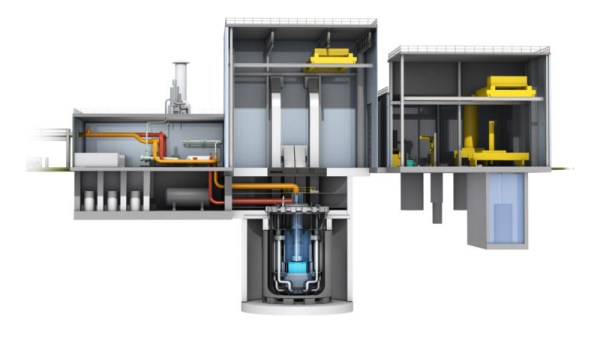We love big projects here at Hackaday, and one of the biggest underway is the decarbonization of the electric grid. The US Department of Energy (DOE) recently published a report (PDF) on how placing nuclear reactors on coal plant sites in the US could help us get closer to the zero carbon grid of our dreams.
After evaluating both operating and recently retired coal-fired plants in the US, the researchers determined that around 80% of medium and large coal plants would be good candidates for coal to nuclear (C2N). Up to 263 GWe could be installed at over 315 different sites around the country which would be more than the 145 GWe expected to go offline as the remaining coal plants in the country shut down. Siting nuclear reactors at these existing sites could reduce installation costs 15-35% while also providing jobs for workers in the area who might otherwise be displaced when the coal plants shut down. Local greenhouse gas emissions (GHG) could drop up to 86% along with a significant drop in other air pollutants which would be another win for the fenceline communities living and working around these coal plants.
Nuclear power is certainly not without its drawbacks, but new reactor designs like TerraPower’s Natrium promise lower costs than current light water reactor designs while also being able to reuse the spent fuel from our current nuclear fleet. TerraPower is developing the first C2N project in the US at the Naughton Power Plant in Kemmerer, Wyoming.
We’ve recently covered Cogeneration and District Heating which would get a boost from more nuclear power, but, if that’s too grounded for you, might we suggest Space-Based Solar Power?











